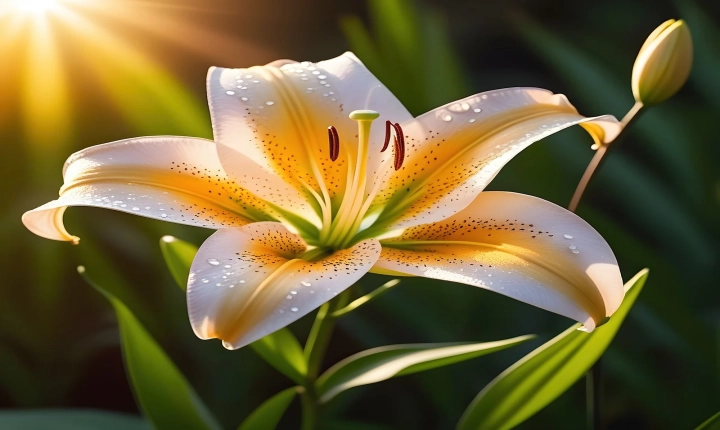Title: How to Generate an AI Image: A Beginner’s Guide
In recent years, the field of artificial intelligence (AI) has made significant advancements, particularly in the realm of image generation. With the development of sophisticated algorithms and deep learning techniques, it is now possible to create realistic images using AI. This technology has widespread applications across various industries, including design, entertainment, and healthcare. In this article, we’ll explore how to generate an AI image and the tools and techniques involved in the process.
Understanding Generative Adversarial Networks (GANs)
One of the most prominent methods for generating AI images is through the use of Generative Adversarial Networks (GANs). GANs consist of two neural networks – a generator and a discriminator – that work in tandem to produce realistic images. The generator creates images from random noise, while the discriminator evaluates these images and provides feedback to the generator. Through this process, the generator continually improves its ability to create more realistic images, ultimately producing high-quality outputs.
Utilizing Pre-trained Models
For beginners, utilizing pre-trained models can be an excellent way to generate AI images without needing to develop an algorithm from scratch. Platforms like TensorFlow and PyTorch offer a wide range of pre-trained models that can be used for image generation. By leveraging these models, individuals can quickly generate AI images with minimal coding and technical expertise.
Using Image-to-Image Translation Techniques
Another approach to generating AI images is through image-to-image translation techniques. These methods involve training a model to convert an input image from one domain to another. For example, a model can be trained to transform a black-and-white photo into a colorized version, or to convert a sketch into a realistic image. This technique offers a flexible and creative way to generate AI images with diverse styles and characteristics.
Exploring Style Transfer and Deep Dream
Style transfer and deep dream are two additional techniques that can be used for AI image generation. Style transfer involves applying the artistic style of one image to another, resulting in a unique and visually appealing output. Deep dream, on the other hand, utilizes neural networks to enhance and exaggerate patterns and features within an image, creating surreal and dream-like visuals. Both of these techniques offer a creative and artistic approach to generating AI images.
Experimenting with Online Tools and Platforms
For those new to AI image generation, there are online tools and platforms available that provide user-friendly interfaces and pre-built models for creating AI images. Websites such as Runway ML, DeepArt, and Deep Dream Generator offer intuitive interfaces and tutorials that allow individuals to experiment with AI image generation without the need for extensive technical knowledge.
In conclusion, the field of AI image generation has seen significant progress in recent years, thanks to advancements in deep learning and neural network technology. With the right tools and techniques, individuals can create stunning and realistic AI images for a variety of applications. Whether using GANs, pre-trained models, image-to-image translation techniques, or online platforms, the possibilities for AI image generation are endless. As this technology continues to evolve, we can expect even more exciting developments in the field of AI-generated imagery.
